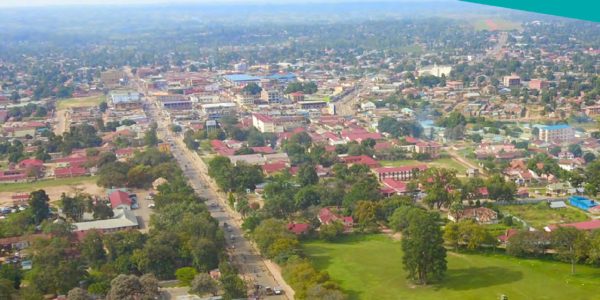
‘On this journey, no one cares if you live or die’
Abuse, protection, and justice along routes between East and West Africa and Africa’s Mediterranean coast
At the end of May, 30 people were murdered in the town of Mizdah, south of Tripoli, allegedly by traffickers. These were among the latest in a long series of deaths along the route from West Africa or the East and Horn of Africa to Libya. At least 68 refugees or migrants are known to have died along the route this year alone. As refugees and migrants travel along the Central Mediterranean route to Libya, many continue to be subjected to horrific violence at multiple points along the way, as the testimonies in this report show, even before any attempt to cross the sea to Europe. It remains one of the deadliest land crossings in the world. This report draws on data collected by the Mixed Migration Centre’s 4Mi monitors along the route to map the places where refugees interviewed in 2018 and 2019 most frequently reported deaths, sexual and gender-based violence (SGBV), physical violence, and kidnappings occurred.
At the end of 2017, UNHCR shared recommendations related to trafficking with several key States and agencies to encourage further actions to protect refugees and migrants from abuses along the Central Mediterranean route. In follow up to those recommendations, UNHCR, together with the Mixed Migration Centre (MMC), seeks to draw further attention to the human rights abuses that take place along multiple sections of the Central Mediterranean land route. In doing so, and through the recommendations included in this report, UNHCR and MMC call for measures to hold perpetrators of crimes and human rights violations along the route accountable; for more measures to assist and protect victims; and for greater cooperation between States to increase protection and access to solutions, and enhance access to justice.
Download in English Download in French Download in Italian لتحميل التقرير باللغة العربية

